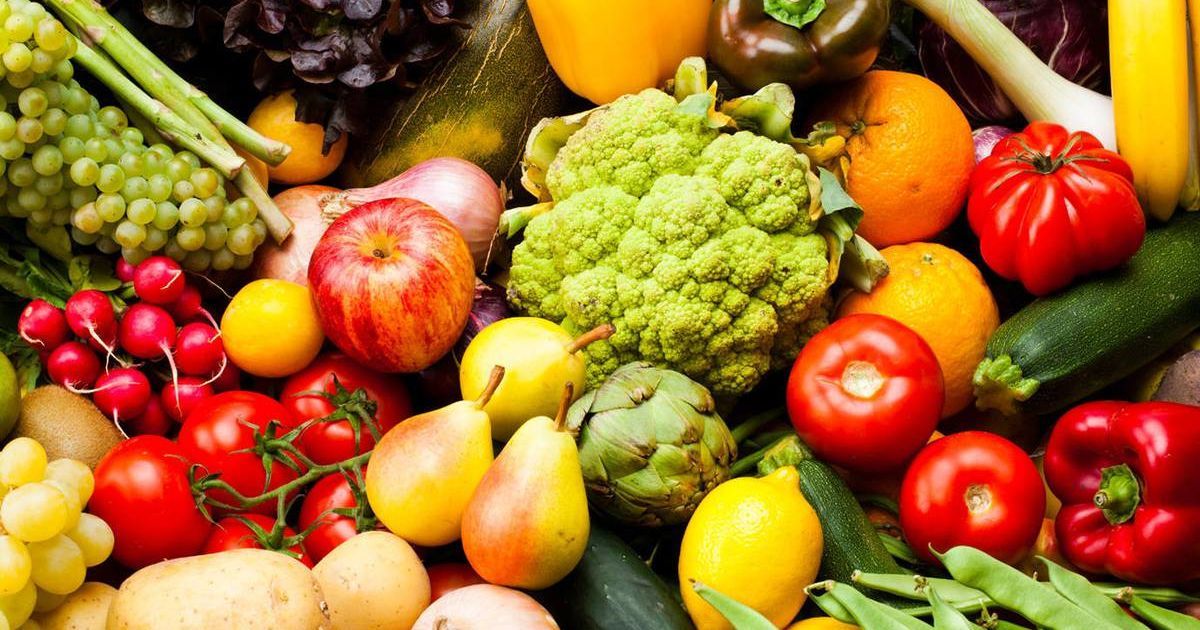During the summer, many households face the challenge of rapidly spoiling fruits and vegetables. Elevated temperatures, moisture, and lack of proper storage conditions contribute to rotting, flavor loss, and nutritional decline. To avoid food waste and keep your family supplied with fresh produce, it’s essential to understand the basics of storing fruits and vegetables in the summer. As noted by the editorial team at Baltimore Chronicle, proper storage can extend the shelf life of fresh produce by at least twice as long.
Basic Principles of Storing Fruits and Vegetables During the Summer
To keep your produce fresh for as long as possible, you need to understand how each type behaves. Some fruits and vegetables release ethylene gas, which speeds up ripening. Others are highly sensitive to moisture and can easily mold if stored incorrectly.
General storage tips:
- Always separate vegetables from fruits.
- Do not wash produce before storing (unless using sealed containers).
- Store in dry, well-ventilated areas.
- Keep away from direct sunlight.
- Regularly check for spoiled items and remove them immediately.
How to Store Vegetables in Summer
Vegetables vary greatly in terms of humidity, temperature, and airflow needs. Improper storage can lead not only to food spoilage but also cross-contamination.
Vegetables That Don’t Like Refrigeration
- Tomatoes – lose flavor and become mealy.
- Potatoes – darken and change texture.
- Onions – rot quickly in high humidity.
- Garlic – may sprout.
Best storage methods:
- Keep in a dark, cool place (e.g., pantry or cellar).
- Use cloth bags or paper sacks for better airflow.
Vegetables That Require Cold Storage
- Cucumbers
- Carrots
- Broccoli
- Leafy greens
Recommendations:
- Wrap in paper towels to absorb moisture.
- Store in the fridge’s crisper drawer at 4–7°C (39–45°F).
- Do not store near fruits that emit ethylene gas (like apples).
How to Store Fruits in Summer
Fruits are especially sensitive to heat and humidity. Depending on the variety, the proper storage conditions can vary significantly.
Fruits That Can Be Stored at Room Temperature
- Bananas
- Apricots
- Peaches (until fully ripe)
- Plums
Recommendations:
- Store in a single layer—not piled up.
- Use ventilated fruit bowls.
- For ripening, place in a paper bag.
Fruits That Need Refrigeration
- Berries (raspberries, strawberries, blueberries)
- Apples (for long-term storage)
- Grapes
- Cherries
Recommendations:
- Do not wash before storing.
- Store in vented plastic containers or a colander.
- Keep an eye on condensation buildup.
Storage Conditions for Popular Summer Produce
| Product | Storage Temperature | Location | Notes |
|---|---|---|---|
| Tomatoes | 12–20°C (54–68°F) | Room | Do not refrigerate |
| Cucumbers | 5–7°C (41–45°F) | Refrigerator | Wrap in paper towel |
| Bananas | 18–22°C (64–72°F) | Room | Avoid sunlight |
| Apples | 2–4°C (35–39°F) | Refrigerator | Store separately from other fruits |
| Carrots | 0–4°C (32–39°F) | Refrigerator | In sealed container |
| Grapes | 0–3°C (32–37°F) | Refrigerator | Store unwashed in colander |
| Potatoes | 7–10°C (45–50°F) | Pantry | Keep in the dark |
Common Mistakes to Avoid When Storing Produce
- Storing produce in plastic bags without holes – encourages condensation and mold.
- Mixing fruits with vegetables – ethylene speeds up spoilage.
- Keeping damaged items – one rotten item can ruin the whole batch.
- Overpacking – poor ventilation leads to overheating.
- Overmoistening – excess moisture leads to mold and decay.
Alternative Ways to Preserve Freshness
In addition to traditional storage, there are methods to preserve fruits and vegetables for longer without losing nutritional value.
1. Vacuum Containers
- Prevent air exposure.
- Ideal for berries and leafy greens.
2. Drying
- Great for apples, plums, tomatoes.
- Use an oven or food dehydrator.
3. Freezing
- Works well for herbs, strawberries, broccoli.
- Blanch some vegetables before freezing.
4. Canning and Preserving
- Natural juices, jams, pickles—excellent ways to use excess produce.
Practical Tips for Gardeners and Apartment Dwellers
- Use shaded balconies or windowsills for temporary storage.
- Install ventilated crates or shelves in the kitchen.
- Avoid temperature swings—store produce in a consistent area.
Storing vegetables and fruits during the summer requires attention to multiple factors—from product type to temperature control. Applying these simple yet effective rules helps reduce food waste and keeps your family supplied with fresh vitamins every day. By following the tips in this article, you can enjoy high-quality produce all summer long with minimal hassle.
Earlier we wrote about how to properly clean your air conditioner.

